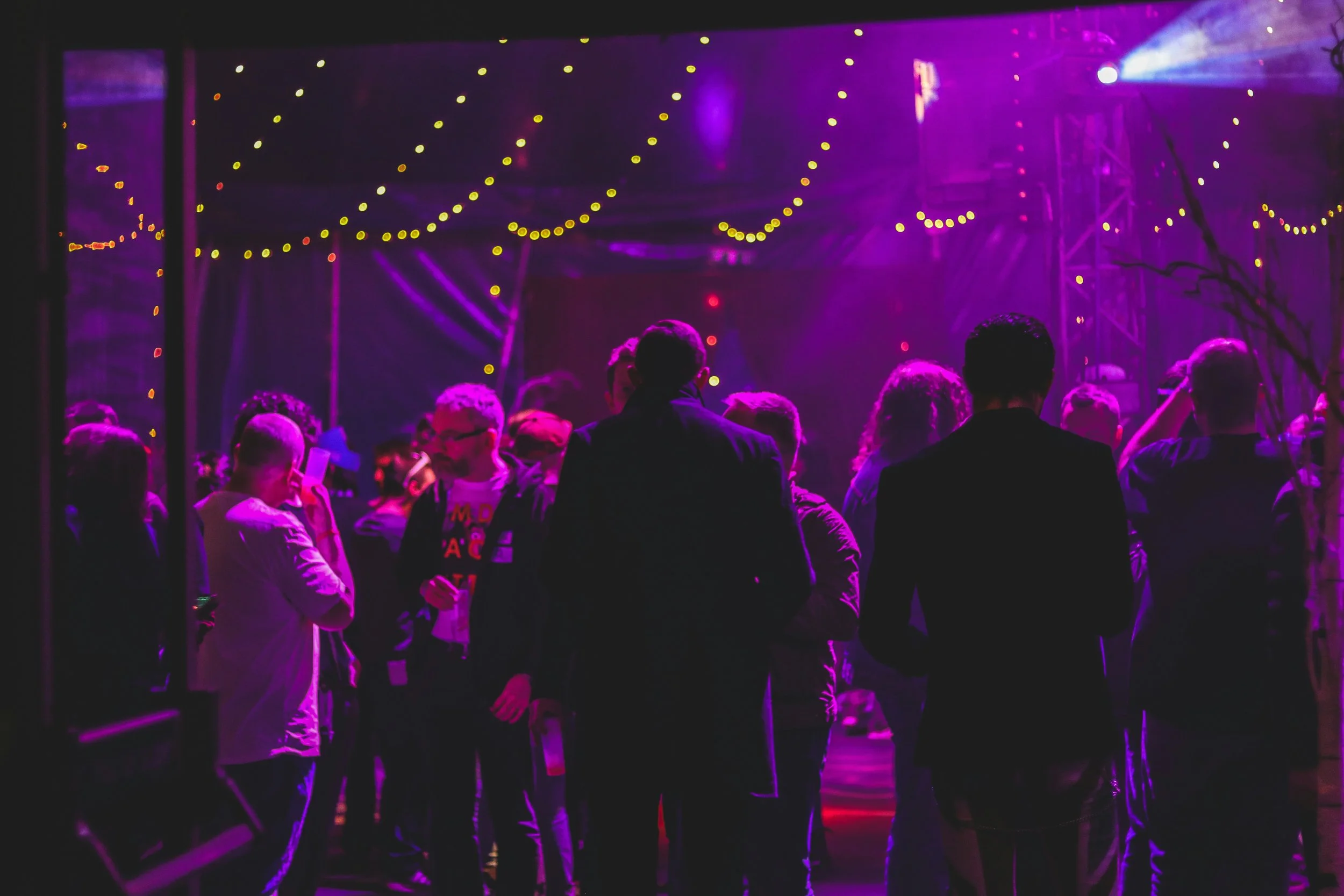London’s Challenges in Becoming the Premier After-Dark Destination
London's nightlife is at a crossroads. Though it is still thriving in many areas, the future feels uncertain and challenging.
Operational Costs
Gentrification, inflation, and rising business rates are driving up expenses, making nightlife increasingly unaffordable, particularly in central London.
Perceptions of nightlife
Residents or after dark leisure? It has become a single-choice question for policymakers, local governments and regulators. In order to manage risks and avoid responsibilities, a binary and reactive mindset and approach is often adopted to nightlives. These dismiss the cultural and economic contribution to places and communities and result in restrictive policies on licensing, noise, and opening hours, which consequently prevents businesses from adapting to emerging market trends.
Planning Issues
The London Plan offers little support or priorities for the night-time sector. Planning system changes have led to more residents moving into areas with many clubs and bars, creating friction within the community.
Workforce Challenges
Night-time economy workers face low wages, limited transport options, safety concerns as well as mental and physical health issues thanks to the unsociable hours. Consequently, businesses struggle to maintain a healthy workforce, leading to reduced hours and, in some cases, closures.
Changing Market
Younger partygoers are looking at alternative night-time options like day parties and non/low alcohol consumption, shifting behaviours demand constant adaptation from businesses. However, attributing the decline solely to this overlooks broader economic issues.
A mission-led approach is a practical and concrete tool to tackle the grand challenge facing the capital’s nightlife, by setting out a bold while realistic mission and creating a cross-cutting and interdisciplinary expert team.
Follow @Attis to learn more about how the mission-led approach can revolutionise places and communities.

